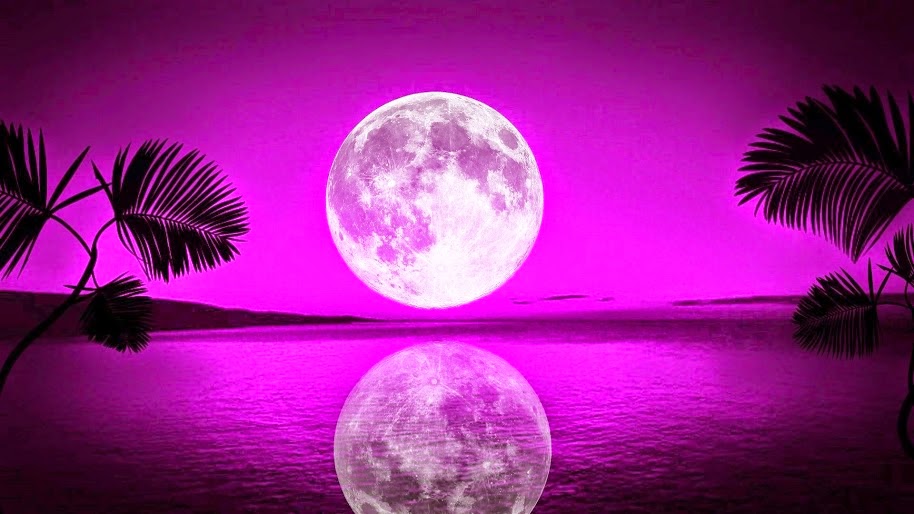A full moon is the lunar phase
that occurs when the moon is totally illuminated as seen from the earth. This happens
when it is on the opposite side of the Earth from the Sun; more exactly, when
the ecliptic longitudes of the Sun and Moon differ by 180 degrees. This means
that the hemisphere of the Moon that is facing the Earth is almost entirely
illuminated by the Sun and appears round while the far side is almost
completely un-illuminated.
Lunar eclipses can happen only at
full moon, where the moon's orbit lets it to pass through the Earth's shadow.
Lunar eclipses do not happen every month because the moon generally passes above
or below the Earth's shadow which is mostly restricted to the ecliptic plane.
Lunar eclipses can happen only when the full moon occurs close to the two nodes
of the orbit, either the ascending or descending node. This reasons eclipses to
only happen about every 6 months, and often two weeks before or after a solar
eclipse at new moon at the opposite node.
The time interval between similar
lunar phases the synodic month averages about 29.53 days. As a result, in those
lunar calendars in which each month begins on the new moon, the full moon falls
on either the 14th or 15th of the lunar month. Since calendar months have a
whole number of days, lunar months may be either 29 or 30 days long.










